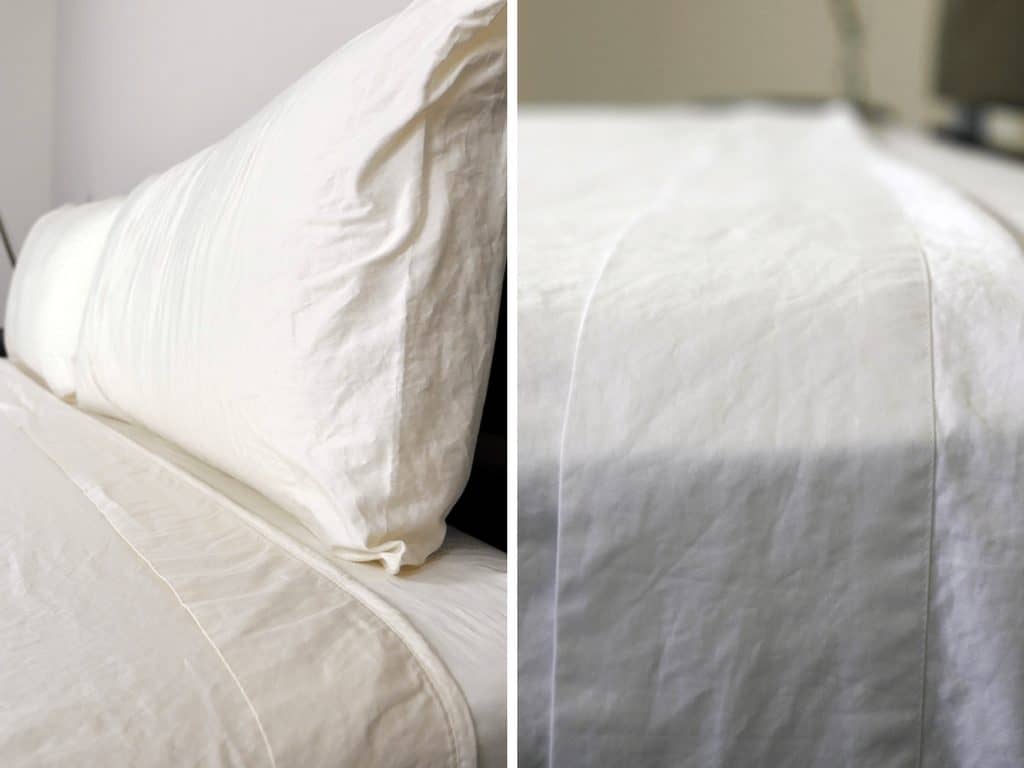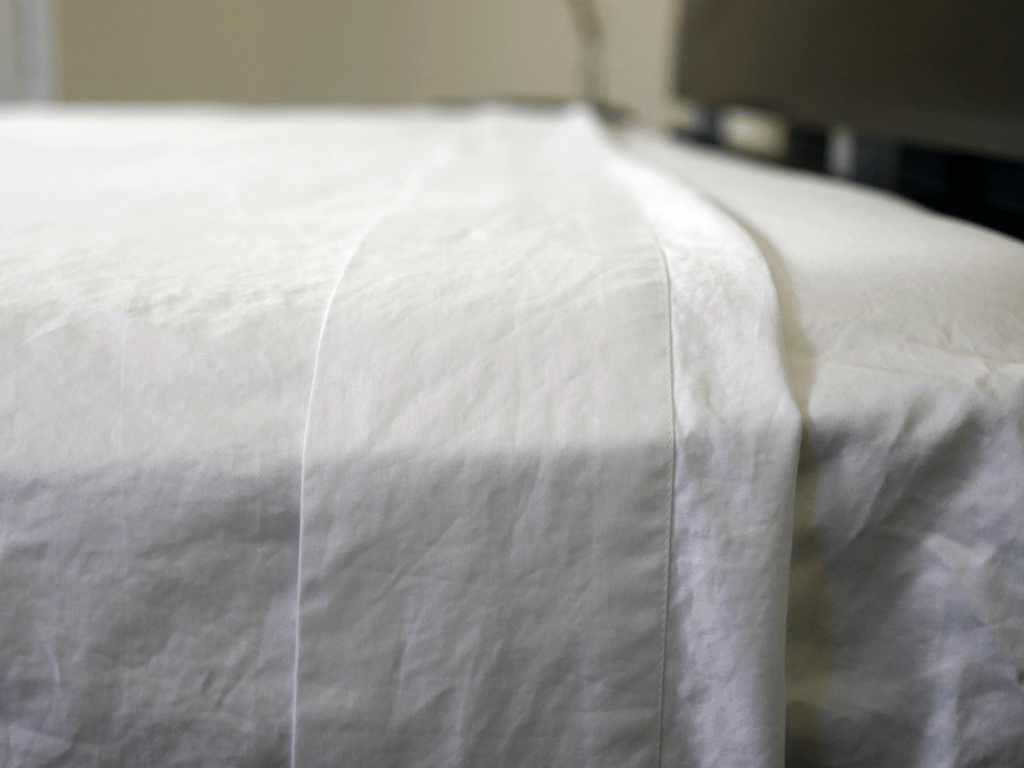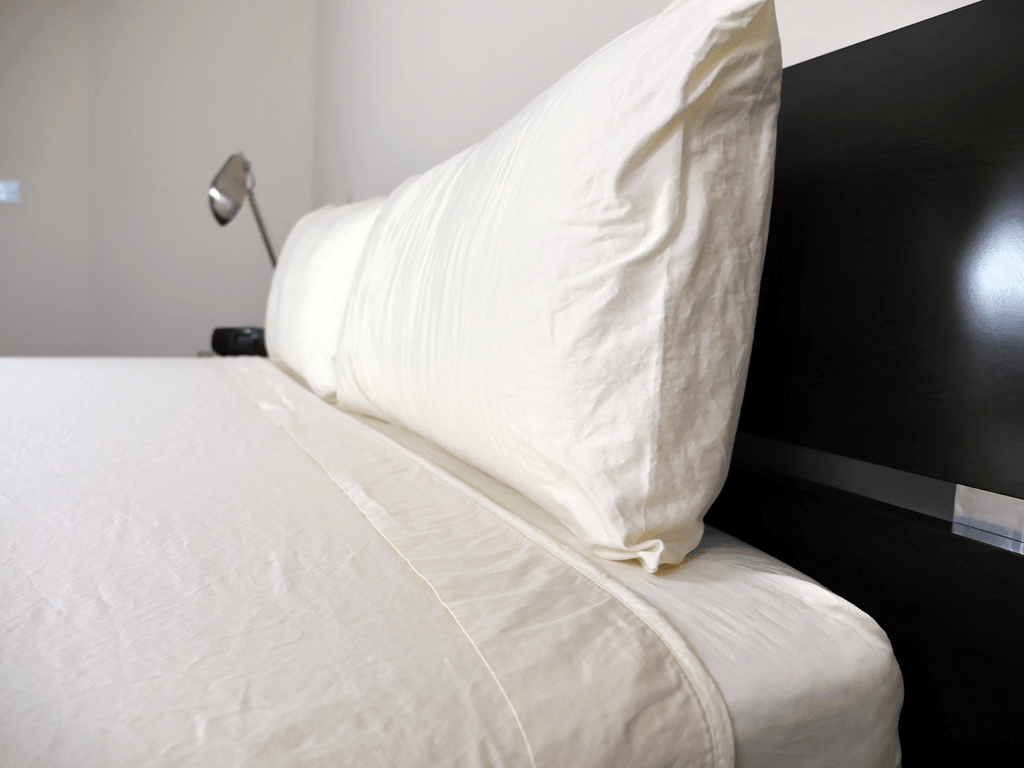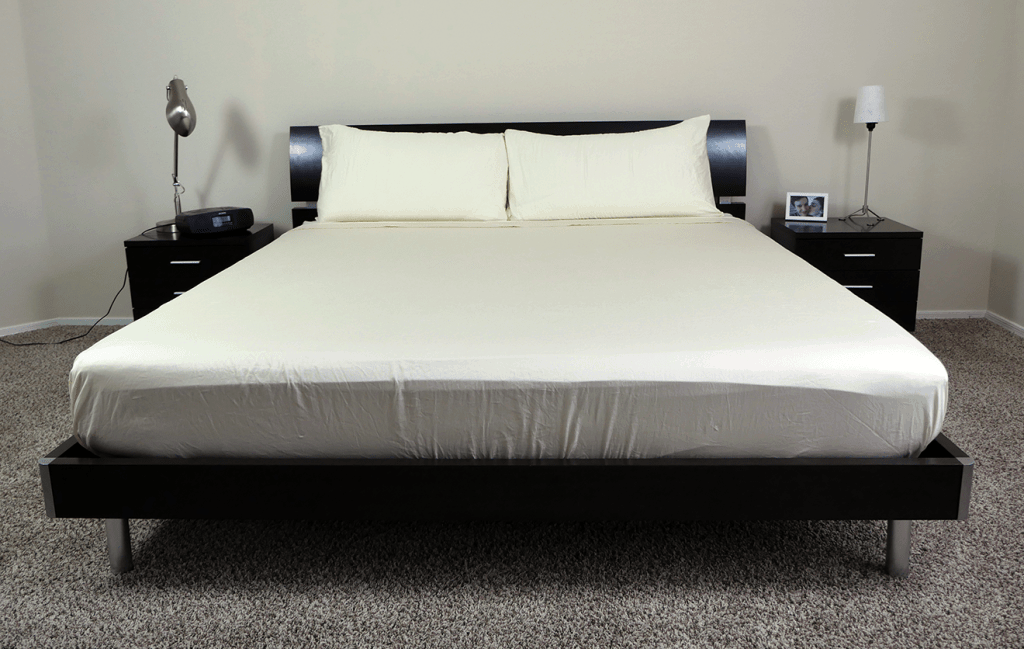When it comes to buying bed sheets, spending a little extra can definitely pay off. You spend a third of your life in bed sheets. So, if it’s in your budget, it’s worthwhile to invest. And when spending that kind of money, it’s important to know exactly what you want. Here’s a comprehensive guide to two of the most popular items on the luxe bedsheet market: Egyptian cotton and Sateen.

What Is Egyptian Cotton?
Egyptian cotton comes from a specific cotton plant: the gossypium barbadense, to be exact.
Egyptian cotton bedsheets have a matte look and a crisp feel. They can seem rough on the surface, but they soften up with wear and after some washes. It’s the most popular luxury choice, but the best cotton sheets come with a similarly luxurious price tag (often as much as $500).

What Is Sateen?
Sateen is also made from cotton fibers, which are made longer by combing or carding. The difference between Sateen and traditional cotton is the treatment of these fibers. In Sateen, the long cotton fibers are mercerized, meaning soaked in lye (sodium hydroxide) and then in an acid. This “seals” the fibers, making them more durable and longer lasting than untreated cotton. It also means the fibers used in Sateen take dye better. Mercerization gives the fibers a smoother, more reflective surface. This process gives Sateen its signature shine.
Sateen is also made from a different weave than traditional cotton. Sateen is made from treated cotton fibers instead of natural, satin filament. Up close, Sateen appears to have a diagonal weave effect. It aims to combine the soft, smooth, luxurious feel of satin with the strength and durability of cotton.
But buyer beware: there are a lot of “fake” Sateen sheets on the market. Instead of being mercerized, they are simply “calendared,” which means pressed or rolled to give the material a superficial surface sheen. This initial sheen fades after a few washes, and thus the sheets are left without any of the actual and practical benefits of mercerization.

What’s the Difference?
The differences between Egyptian cotton and Sateen are in the differences of construction and the differences of finish. Egyptian cotton is made from the untreated, long fibers of one specific cotton plant, and woven in a traditional one-over-one-under manner. Sateen is made from the mercerized fibers of any cotton plant, and woven in a satin weave. So, multiple threads of the same direction dominate either surface.
Egyptian cotton is more matte, crisp, strong, long-lasting, and often more expensive. Sateen is smoother, more delicate, has more of a sheen, drapes elegantly, is often more affordable.
| Sateen | Egyptian Cotton |
| More affordable | More expensive |
| More prone to pilling, easier to snag | More durable and longer lasting |
| Have a slippery feel and a shiny sheen | Start off a little rough, but get softer with every wash |
| Traps heat more easily | Great for cooling |
Benefits of Both
Egyptian cotton is durable and longer lasting (up to fifty years in some cases), justifying its higher price tag. The fibers of the Egyptian cotton plant have low levels of lint. Because of this, they don’t pill, so they looks fresh and new for a very long time. The high thread count means that the sheets are strong and unlikely to tear or thin over time.
Egyptian cotton is visually appealing, as it takes dye well and doesn’t wrinkle easily. However, it’s much more matte and doesn’t have the luxurious looking sheen or ability to drape that Sateen has.
Both Egyptian cotton and Sateen are breathable. However, Egyptian cotton is considered superior when it comes to temperature control. This is due both to its weave and its crispness, which means it drapes further away from the body.
Sateen, because of the mercerization process, is water repellent and thus resists mildew. This makes it a good option for some people with skin sensitivity.
Sateen sheets are attractive because of their signature sheeny finish, and they drape nicely. The mercerization treatment helps dye take evenly and last a long time, meaning they look vibrant and eye catching.

Drawbacks of Both
A fresh set of Egyptian cotton bedsheets may not be particularly comfortable initially. They start life fairly stiff and coarse, becoming softer and more malleable over time and after some washes.
Egyptian cotton can be expensive. This can be justified by their lasting power, but still places them firmly outside of some people’s budget.
Like Sateen, there are problems with mislabeling in the Egyptian cotton market. Many manufacturers will use a small amount of Egyptian cotton blended with other, less luxurious fibers, meaning you won’t get the true Egyptian cotton experience.
Because of the satin weave used to product Sateen, there are multiple threads lying on top of the surface of the fabric, rather than just one at a time with cotton. This means it is much easier to pull or snag Sateen. It can also make it more prone to pilling, which can make the sheets look worn and scruffy. They can wrinkle easily or even require ironing.
Sateen is slippery to the touch. This means it can have trouble gripping your duvet, which can end up falling around inside the cover, or bunching in a corner.
Possibly the biggest drawback to Sateen, though, is its ability to retain heat. Because of its construction, it typically drapes very closely to the body, which may trap heat and insulate it. This can be undesirable in the summer months or for those in hot climates.
Which Is Best for Me?
The choice between Sateen and Egyptian cotton really depends on personal circumstances, and what matters to you in terms of bedsheets. If you want something immediately smooth and soft, aesthetically pleasing, and available at a lower budget, Sateen may be good for you. However, if you want something matte, durable, and comfortable in all temperatures, you’re best springing for Egyptian cotton.


























